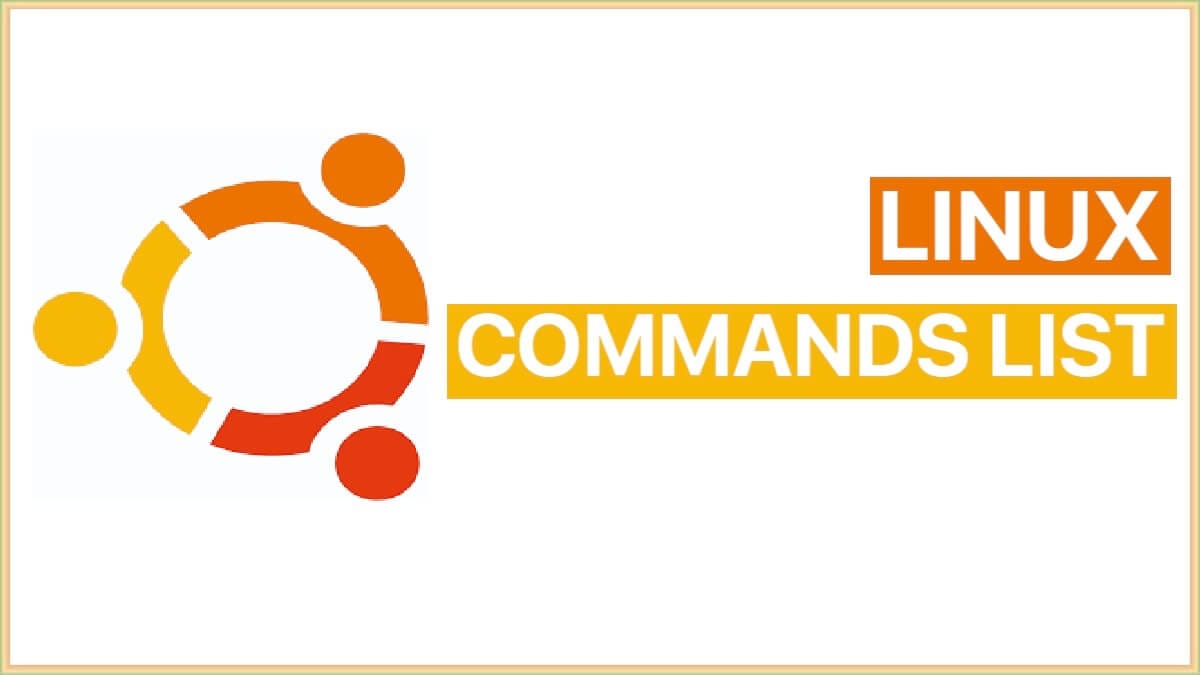Complete Guide to Essential Linux Commands: Linux is an increasingly popular alternative to Microsoft Windows, especially for users looking for a low-cost or free operating system. To effectively utilize Linux, one must be familiar with some fundamental Linux commands that facilitate configuration, operation, and interaction with the system.
By mastering these essential Linux commands, you can easily navigate directories, manipulate files, manage permissions, and view important system information such as disk space usage. Command inputs are crucial for directing a computer program to execute specific operations. Below is a comprehensive list of essential Linux commands.
Essential Linux Commands List
Here is a detailed list of basic Linux commands along with their descriptions:
| Command | Description |
|---|---|
| cat [filename] | Displays the contents of a file on your monitor. |
| cd /directorypath | Changes the current directory. |
| chmod [options] mode filename | Changes permissions for a specific file. |
| chown [options] filename | Modifies the ownership of a file. |
| clear | Clears the command line screen for a fresh start. |
| cp [options] source destination | Copies files and directories. |
| date [options] | Displays or sets the system's date and time. |
| df [options] | Shows used and available disk space. |
| du [options] | Displays the space used by each file. |
| file [options] filename | Identifies the type of data within a file. |
| find [pathname] [expression] | Searches for files matching a specified pattern. |
| grep [options] pattern [filename] | Searches text files for a specified pattern. |
| kill [options] pid | Stops a running process. |
| less [options] [filename] | Views a file's content one page at a time. |
| ln [options] source [destination] | Creates a shortcut to a file. |
| locate filename | Quickly finds a file by its name. |
| lpr [options] | Submits a print job. |
| ls [options] | Lists contents of a directory. |
| man [command] | Displays help for a specified command. |
| mkdir [options] directory | Creates a new directory. |
| mv [options] source destination | Moves or renames files and directories. |
| passwd [name [password]] | Changes passwords. |
| ps [options] | Shows currently running processes. |
| pwd | Displays the current directory's path. |
| rm [options] directory | Deletes files or directories. |
| rmdir [options] directory | Removes empty directories. |
| ssh [options] user@machine | Logs into another Linux machine remotely. |
| su [options] [user [arguments]] | Switches user accounts. |
| tail [options] [filename] | Displays the last lines of a file. |
| tar [options] filename | Creates or extracts files from tar archives. |
| top | Shows system resource usage. |
| touch filename | Creates a new empty file. |
| who [options] | Shows who is currently logged in. |
Download the Linux Commands List with Examples PDF
You can download the Linux Commands List with examples in PDF format from the link below:
For more resources, check out our Advanced Excel Formulas List.

